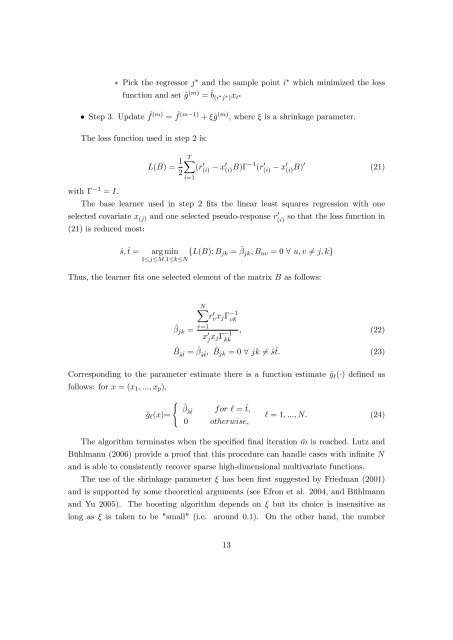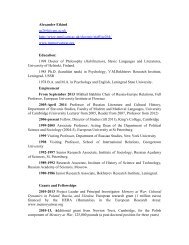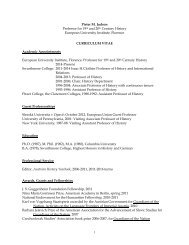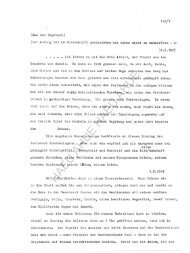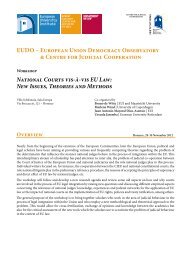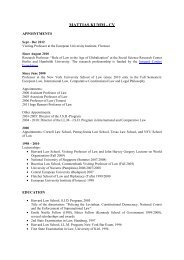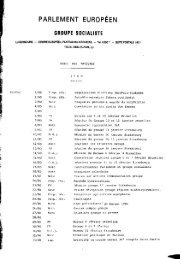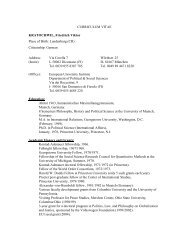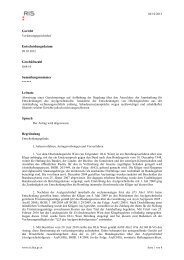Forecasting Large Datasets with Reduced Rank Multivariate Models
Forecasting Large Datasets with Reduced Rank Multivariate Models
Forecasting Large Datasets with Reduced Rank Multivariate Models
You also want an ePaper? Increase the reach of your titles
YUMPU automatically turns print PDFs into web optimized ePapers that Google loves.
<strong>with</strong><br />
Pick the regressor j and the sample point i which minimized the loss<br />
function and set ^g (m) = ^ b (i j )xi<br />
Step 3. Update ^ f (m) = ^ f (m 1) + ^g (m) , where is a shrinkage parameter.<br />
The loss function used in step 2 is:<br />
1 = I.<br />
L(B) = 1<br />
TX<br />
2<br />
i=1<br />
(r 0 (i)<br />
x 0 (i) B)<br />
1 (r 0 (i)<br />
x 0 (i) B)0<br />
The base learner used in step 2 …ts the linear least squares regression <strong>with</strong> one<br />
selected covariate x (j) and one selected pseudo-response r 0 (i)<br />
(21) is reduced most:<br />
^s; ^t = arg min fL(B); Bjk =<br />
1 j M;1 k N<br />
^ jk; Buv = 0 8 u; v 6= j; kg<br />
Thus, the learner …ts one selected element of the matrix B as follows:<br />
NX<br />
(21)<br />
so that the loss function in<br />
r<br />
^ v=1<br />
jk =<br />
0 vxj<br />
1<br />
vk<br />
x0 jxj 1<br />
kk<br />
; (22)<br />
^B ^s^t = ^ ^s^t ; ^ Bjk = 0 8 jk 6= ^s^t: (23)<br />
Corresponding to the parameter estimate there is a function estimate ^g`( ) de…ned as<br />
follows: for x = (x1; :::; xp),<br />
^g`(x)=<br />
( ^^s^t for ` = ^t;<br />
0 otherwise;<br />
` = 1; :::; N: (24)<br />
The algorithm terminates when the speci…ed …nal iteration m is reached. Lutz and<br />
Bühlmann (2006) provide a proof that this procedure can handle cases <strong>with</strong> in…nite N<br />
and is able to consistently recover sparse high-dimensional multivariate functions.<br />
The use of the shrinkage parameter has been …rst suggested by Friedman (2001)<br />
and is supported by some theoretical arguments (see Efron et al. 2004, and Bühlmann<br />
and Yu 2005). The boosting algorithm depends on but its choice is insensitive as<br />
long as is taken to be "small" (i.e. around 0:1). On the other hand, the number<br />
13


